Sanjeev Gurugopinath
A Survey on Machine Learning Algorithms for Applications in Cognitive Radio Networks
Jun 19, 2021


Abstract:In this paper, we present a survey on the utility of machine learning (ML) algorithms for applications in cognitive radio networks (CRN). We start with a high-level overview of some of the major challenges in CRNs, and mention the ML architectures and algorithms that can be used to alleviate them. In particular, our focus is on two fundamental applications in CRNs, namely spectrum sensing -- with non-cooperative and cooperative scenarios, and dynamic spectrum access -- with spectrum auction and prediction. We present a detailed study of recent advancements in the field of ML in CRNs for these applications, and briefly discuss the set of challenges in real-time implementation of ML techniques for CRNs.
Interplay Between NOMA and GSSK: Detection Strategies and Performance Analysis
May 24, 2021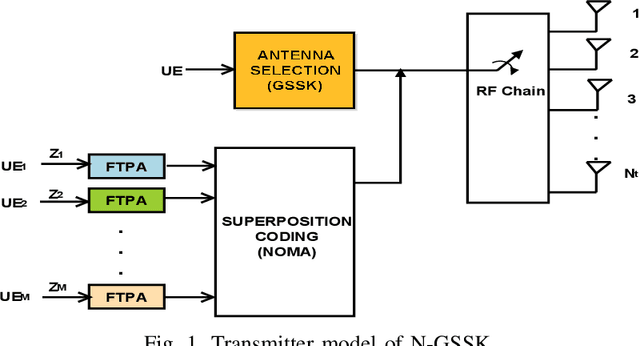
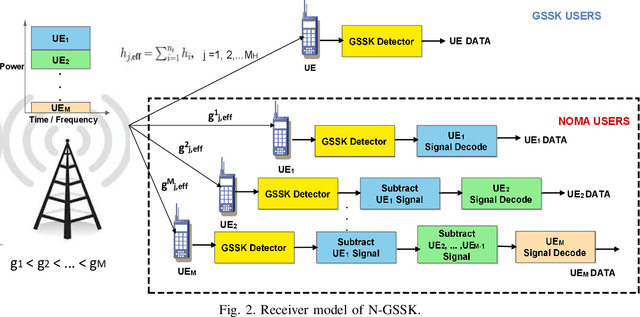
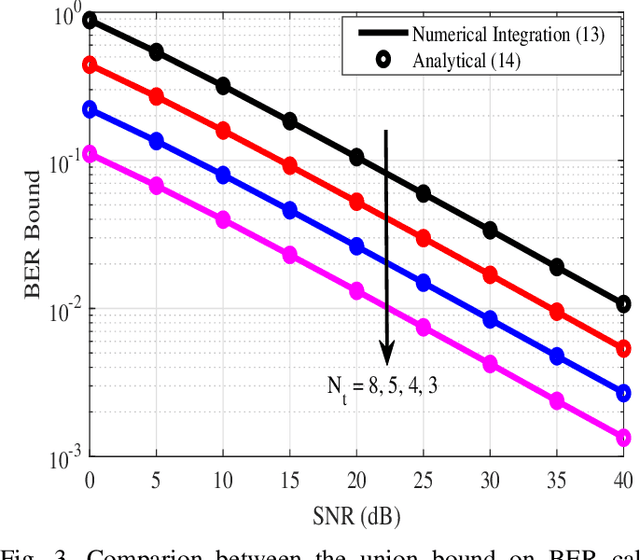
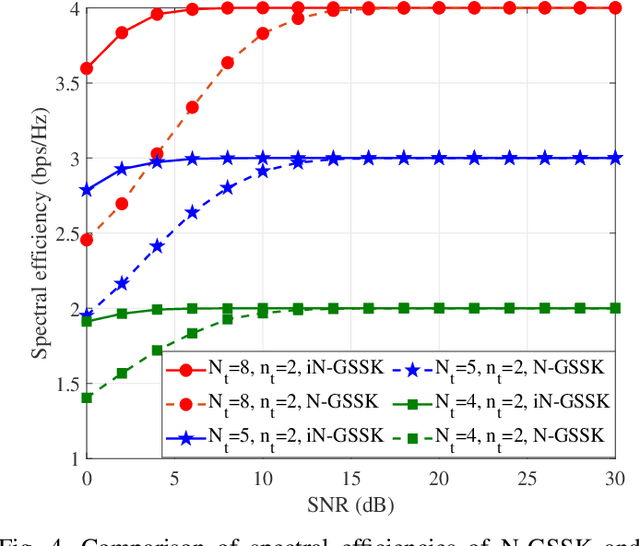
Abstract:Non-orthogonal multiple access (NOMA) is a technology enabler for the fifth generation and beyond networks, which has shown a great flexibility such that it can be readily integrated with other wireless technologies. In this paper, we investigate the interplay between NOMA and generalized space shift keying (GSSK) in a hybrid NOMA-GSSK (N-GSSK) network. Specifically, we provide a comprehensive analytical framework and propose a novel suboptimal energy-based maximum likelihood (ML) detector for the N-GSSK scheme. The proposed ML decoder exploits the energy of the received signals in order to estimate the active antenna indices. Its performance is investigated in terms of pairwise error probability, bit error rate union bound, and achievable rate. Finally, we establish the validity of our analysis through Monte-Carlo simulations and demonstrate that N-GSSK outperforms conventional NOMA and GSSK, particularly in terms of spectral efficiency.
Radar Information Theory for Joint Communication and Parameter Estimation with Passive Targets
Mar 20, 2021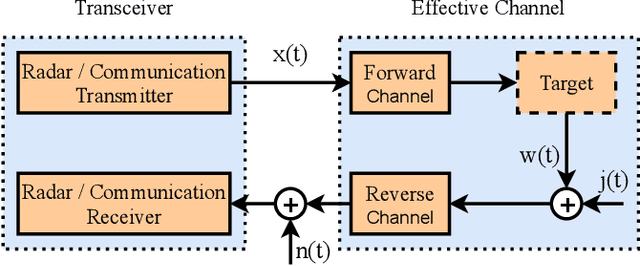


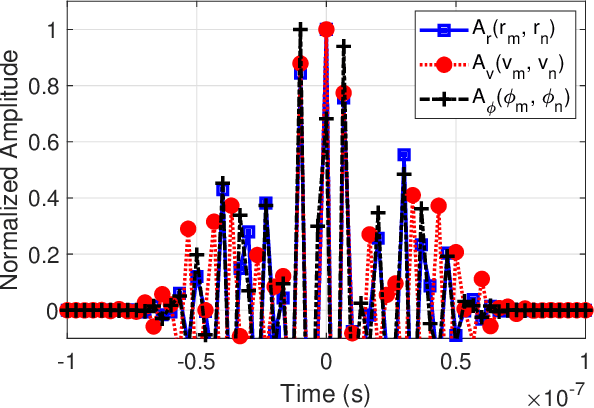
Abstract:In this paper, we derive the performance bounds for joint communication data rate and estimation error of radar target parameters from first principles, where the targets are assumed to be passive. Specifically, we let the targets to have control over their passive reflectors in order to transmit their own information back to the radar via reflection-based beamforming or backscattering. Such a setup avoids active radio frequency transmission from battery operated devices such as friendly (or reconnaissance) drones. The concept of target ambiguity function arises naturally from these derivations, which not only poses challenge to waveform designers, but also provides an opportunity for a joint design of waveform and array geometries to achieve an optimal performance. We derive the Cram\'er-Rao lower bounds for the mean squared error in the estimation of target parameters, and derive lower bounds on the data rates with both radar-only and joint radar and communications scenarios. The challenge of transmit waveform design for joint radar-data communication is illustrated via numerical examples.
 Add to Chrome
Add to Chrome Add to Firefox
Add to Firefox Add to Edge
Add to Edge